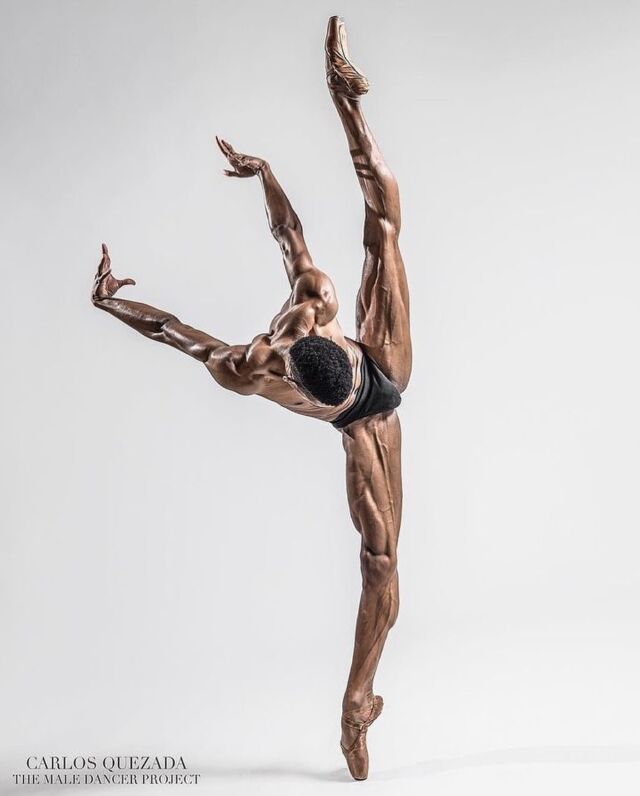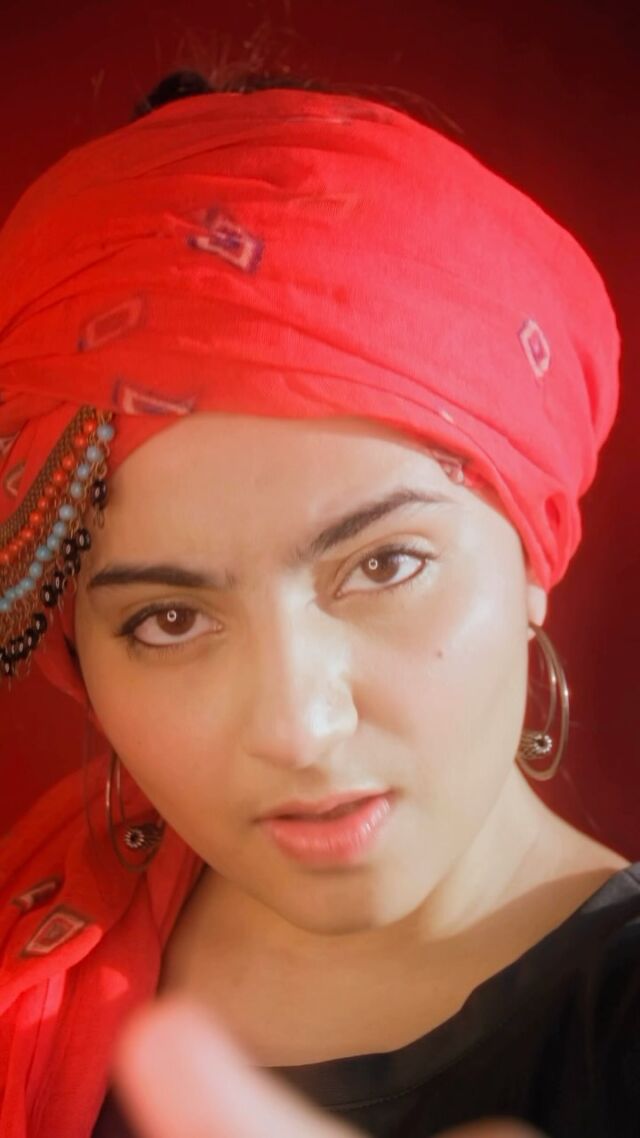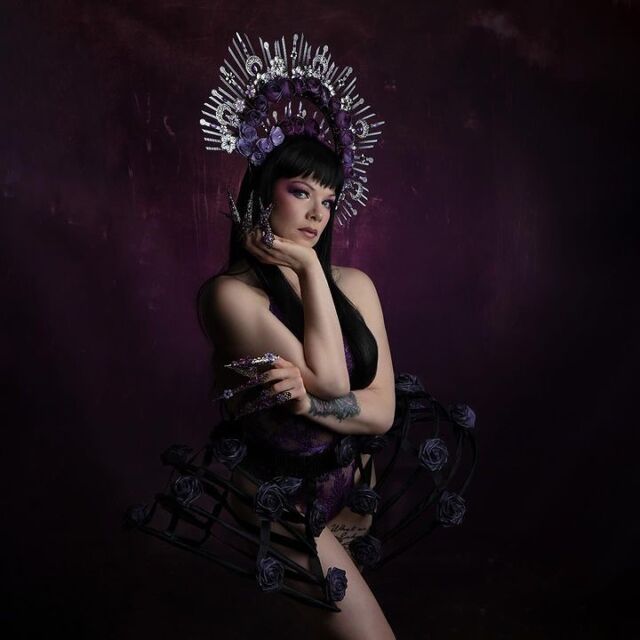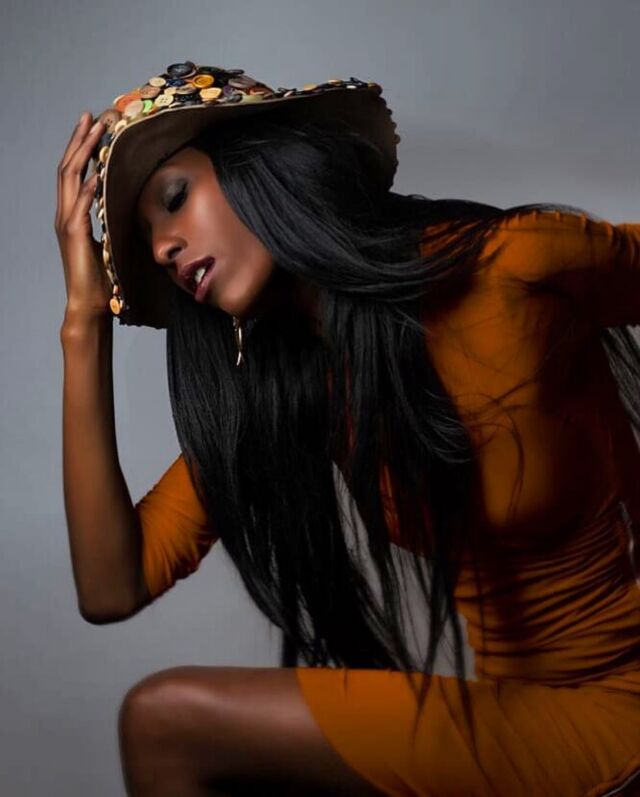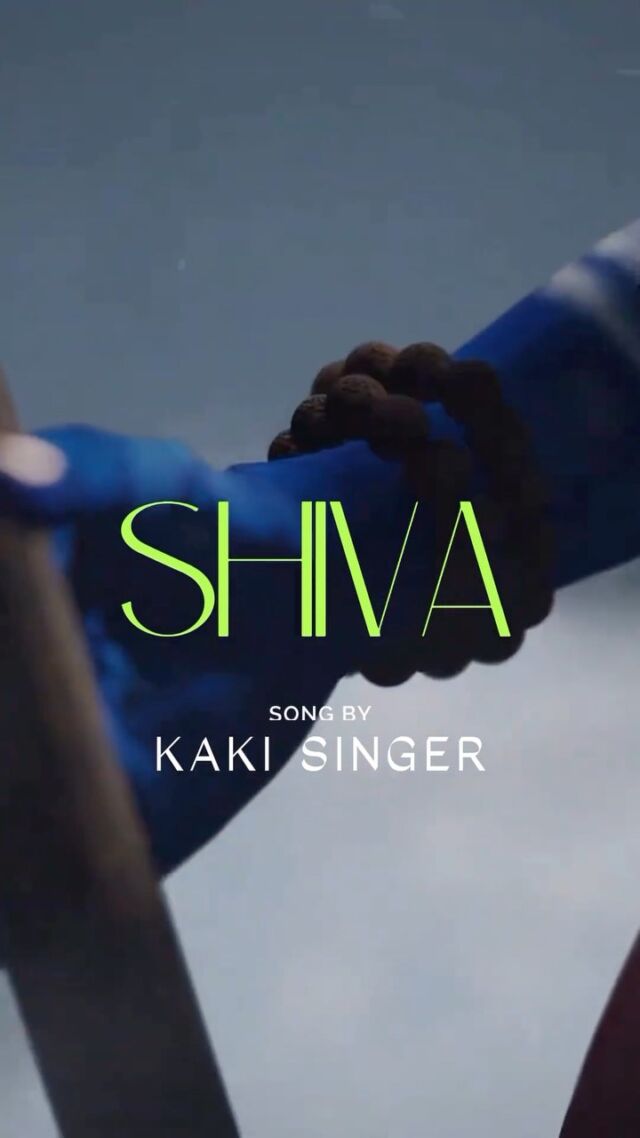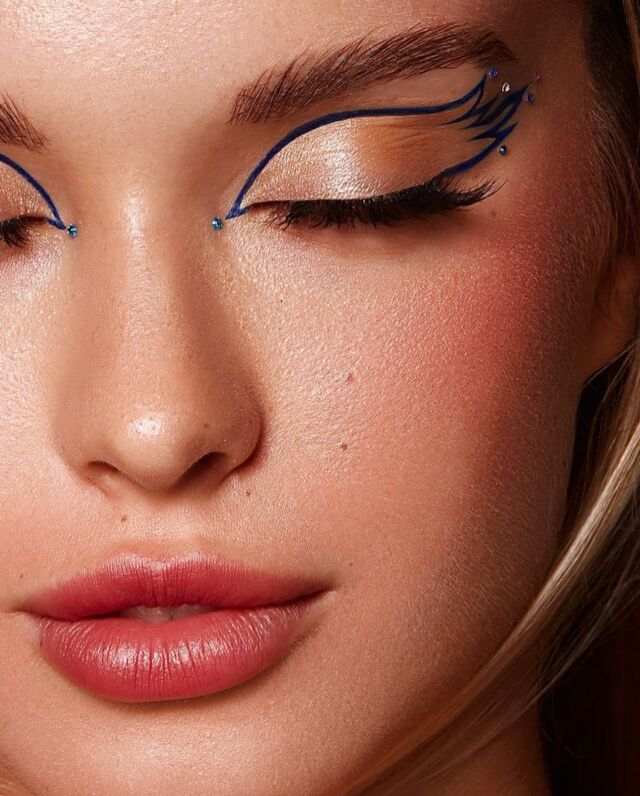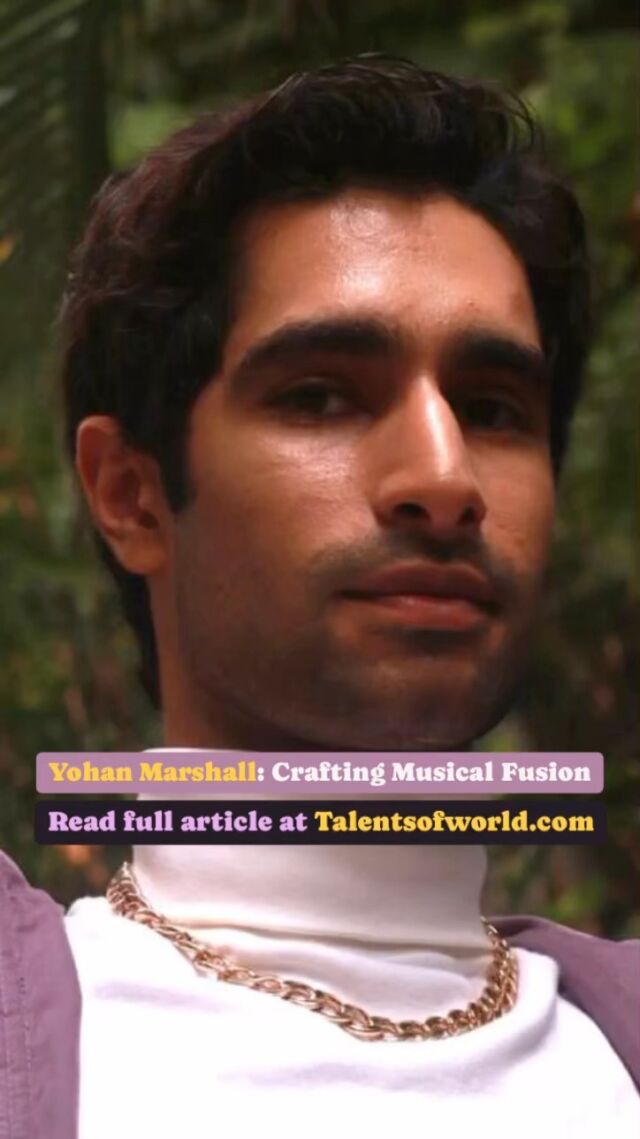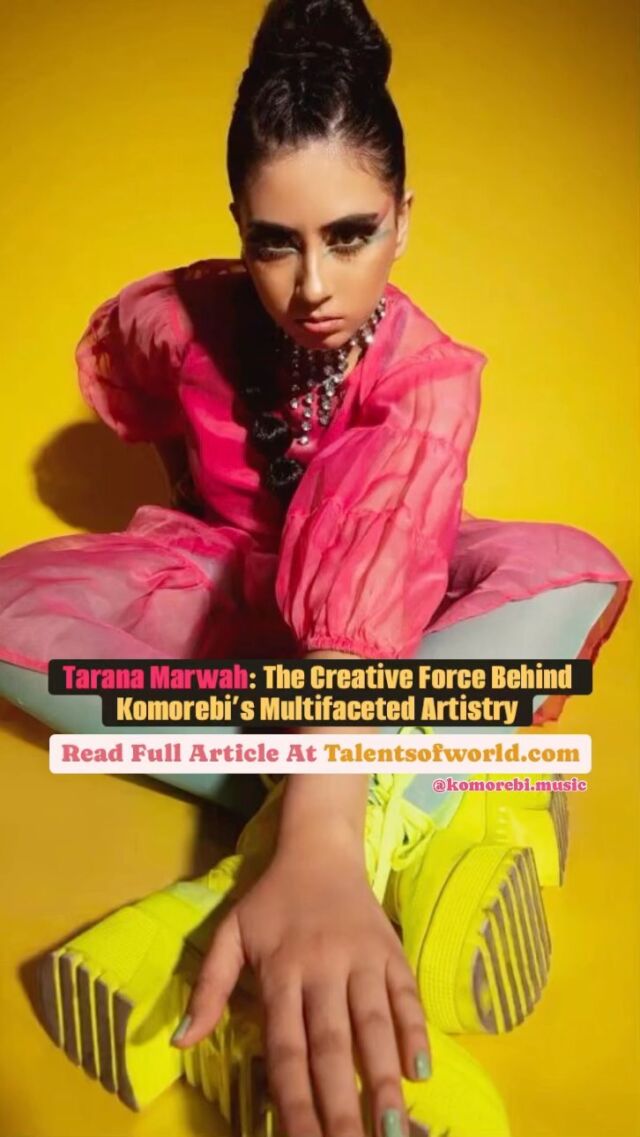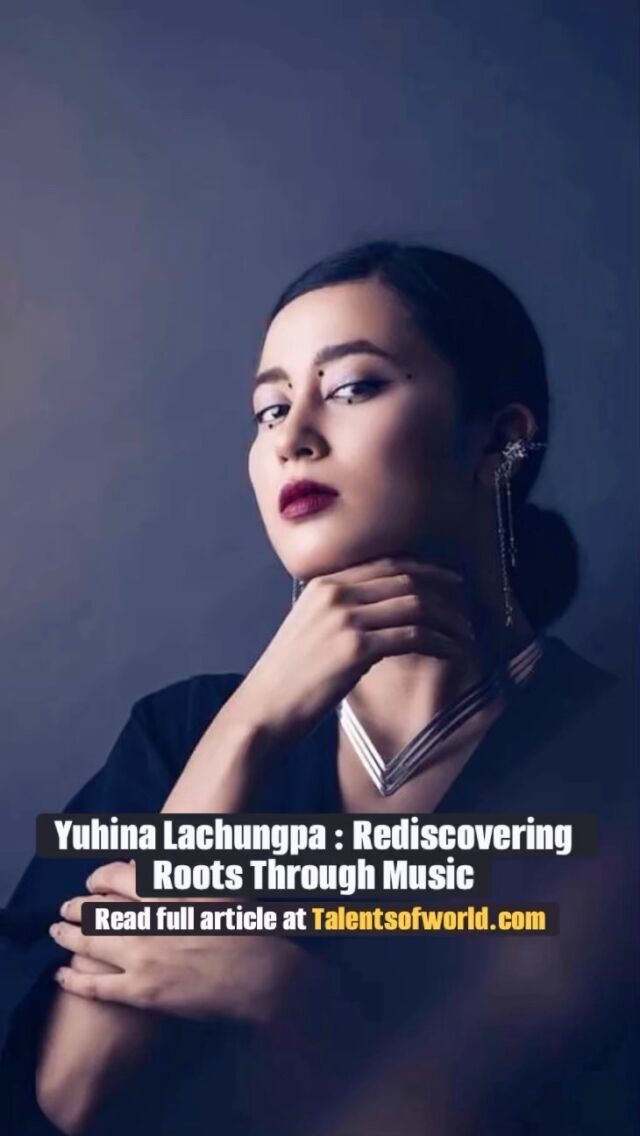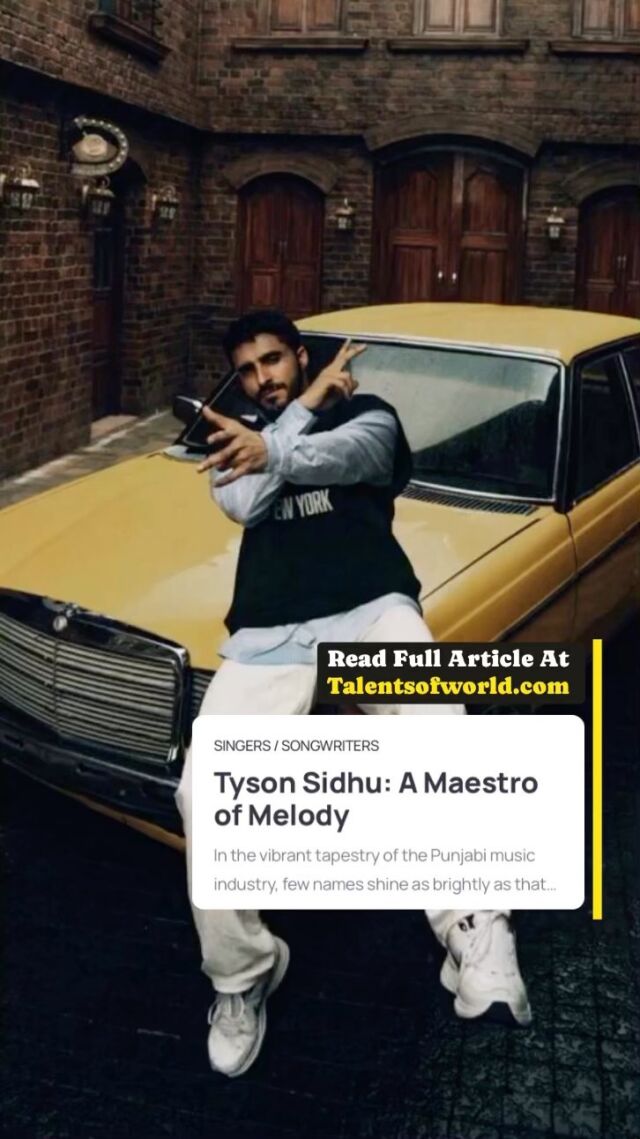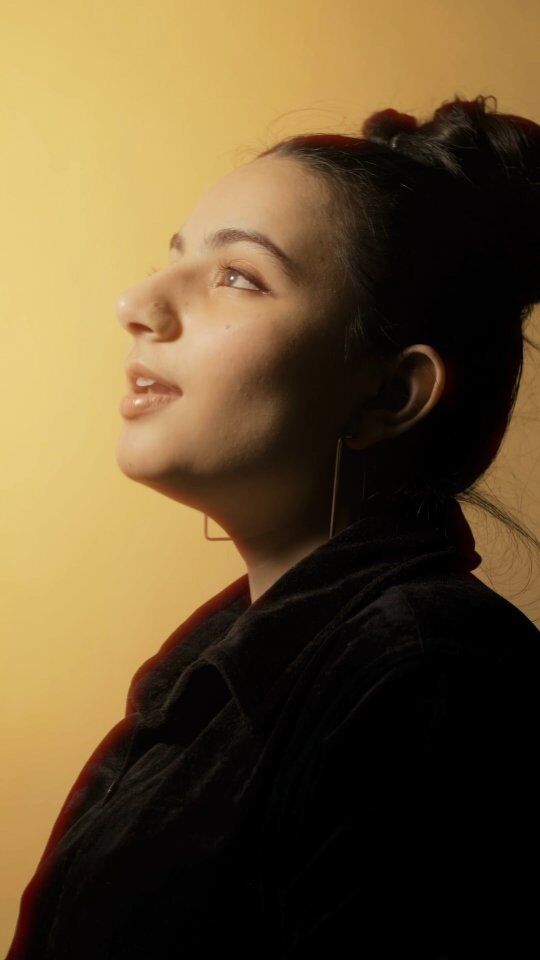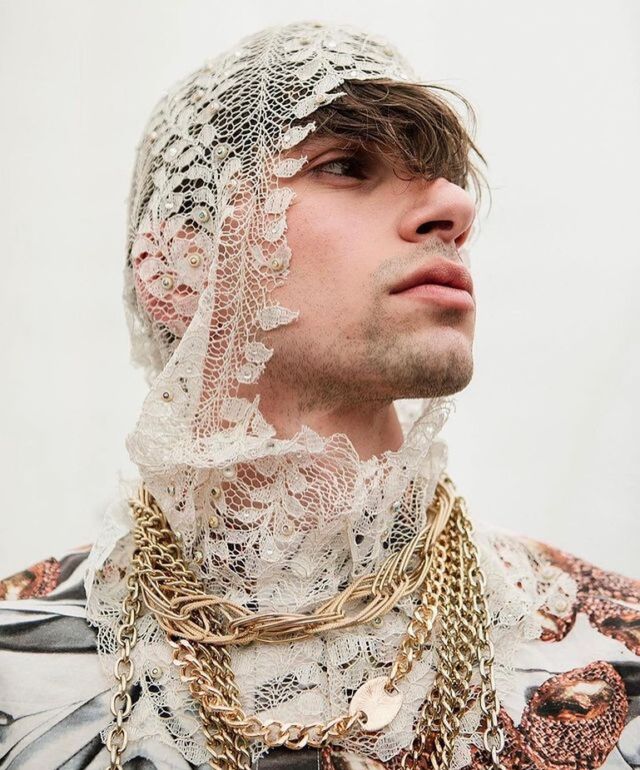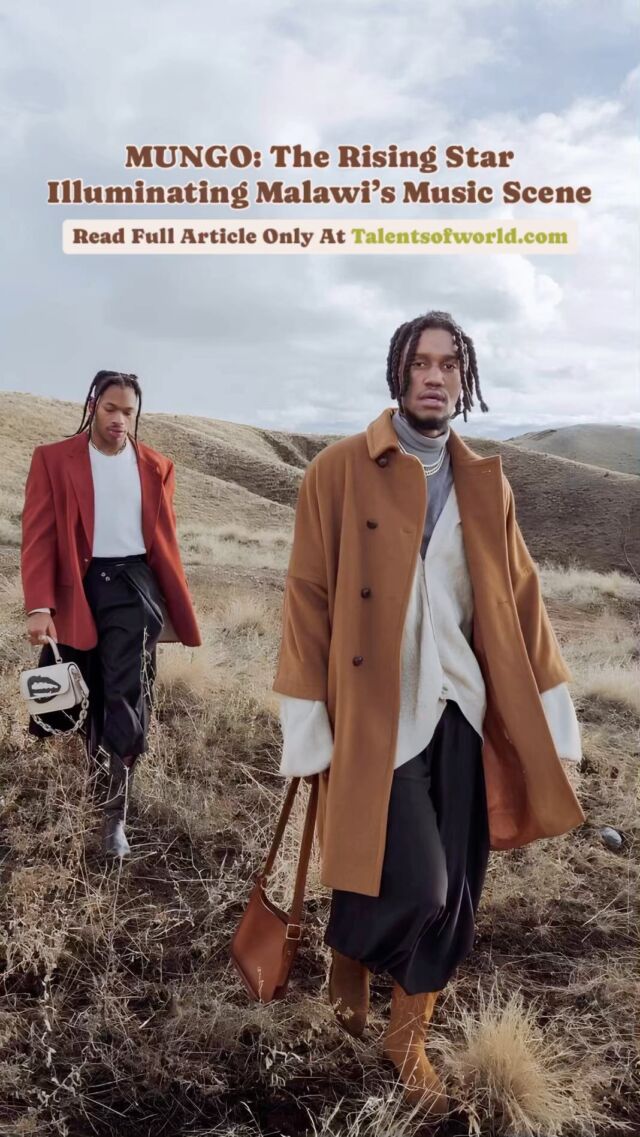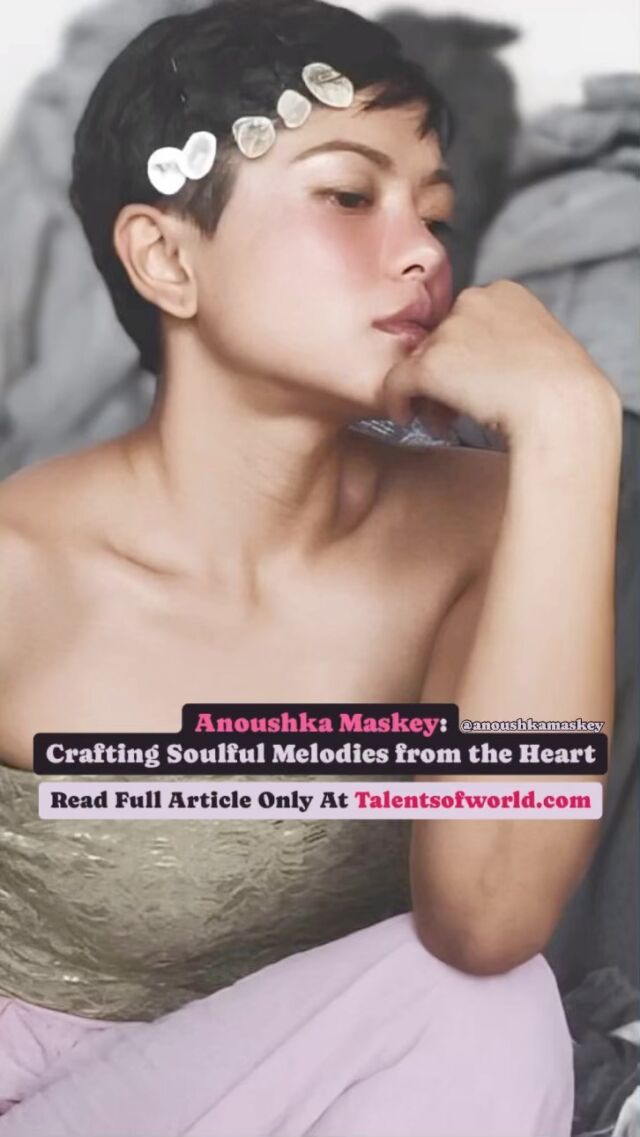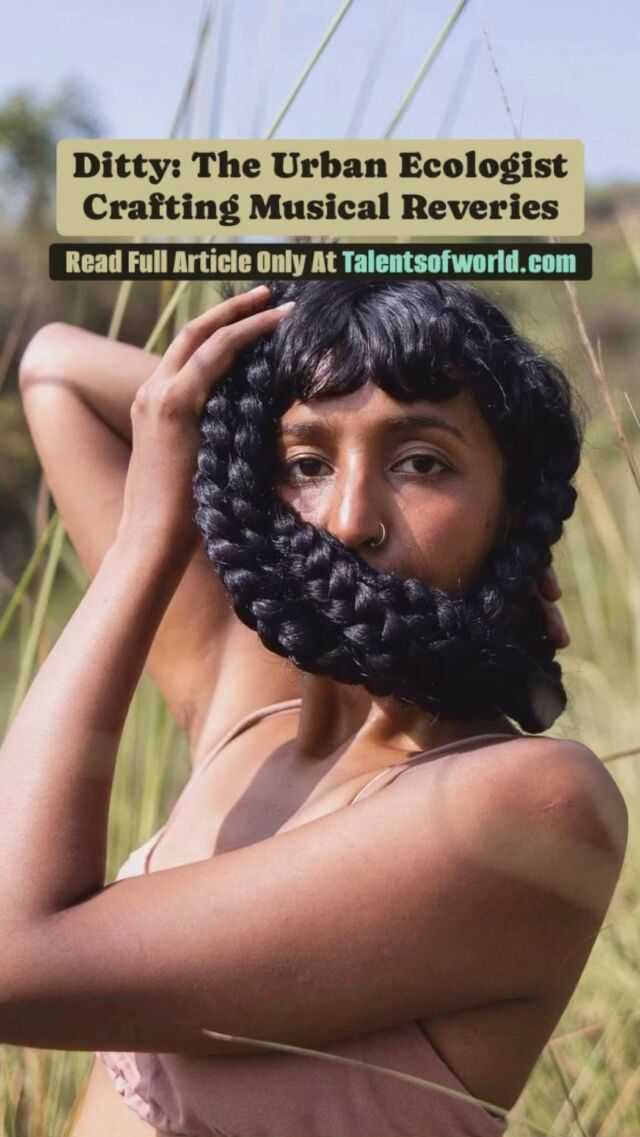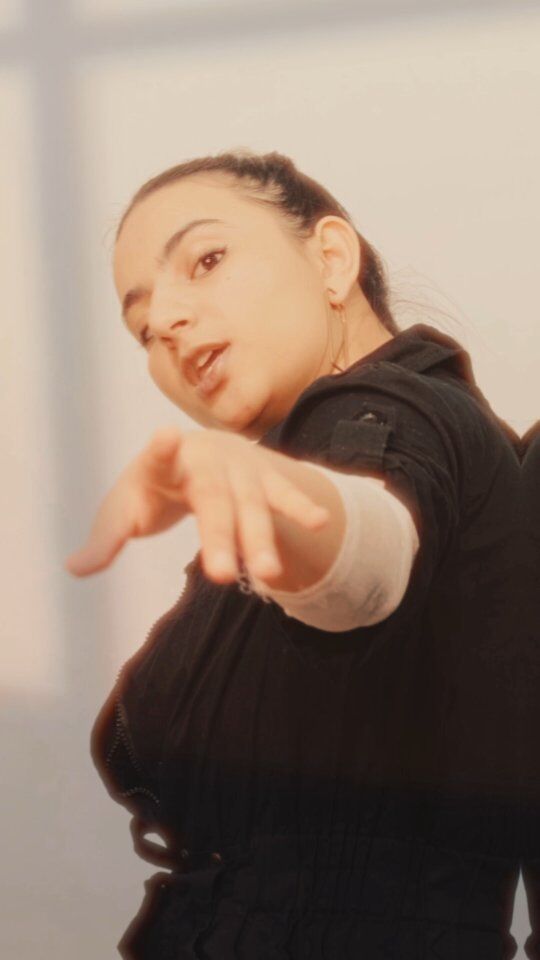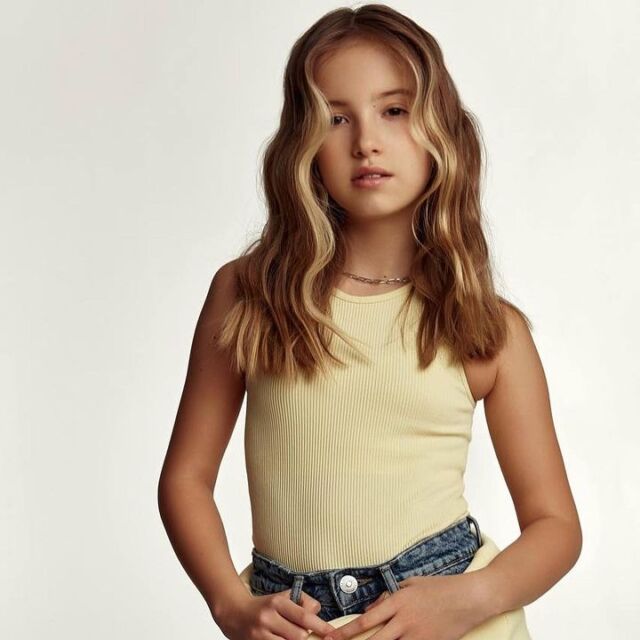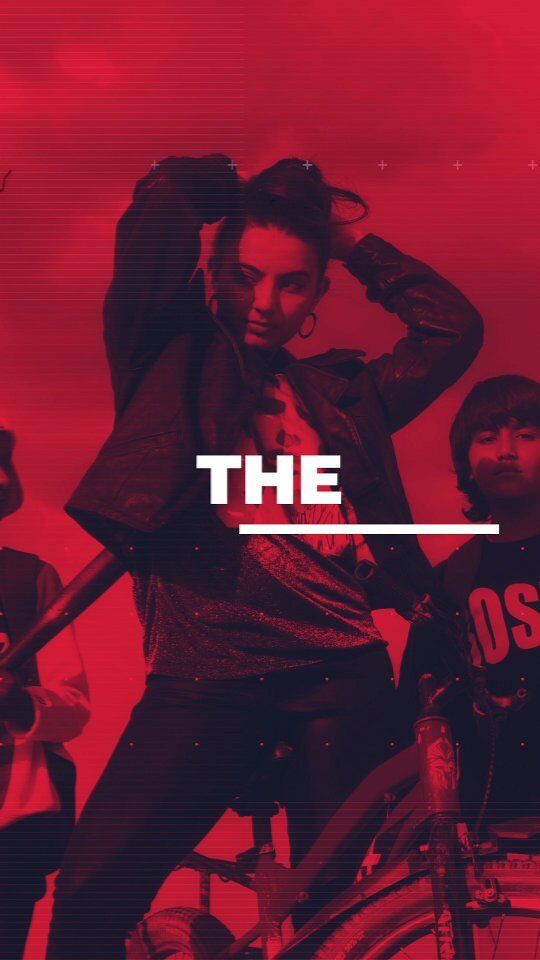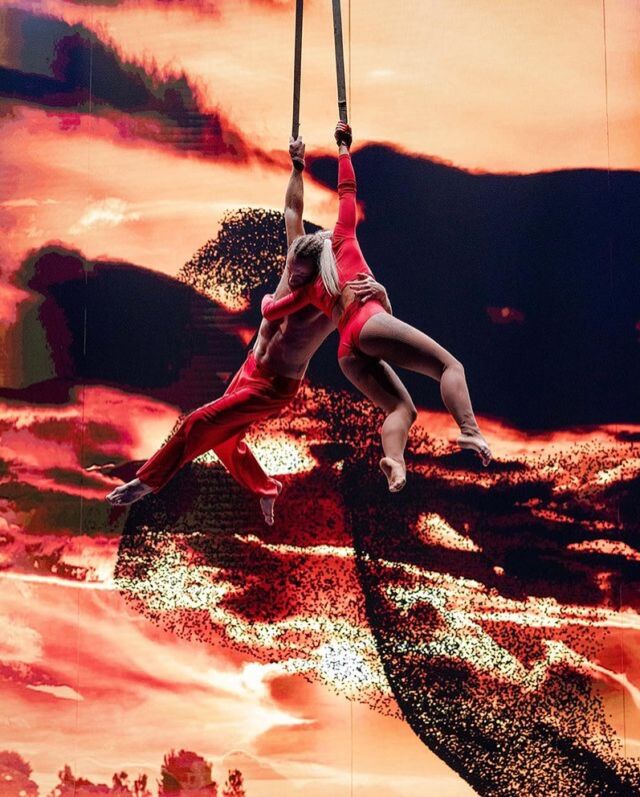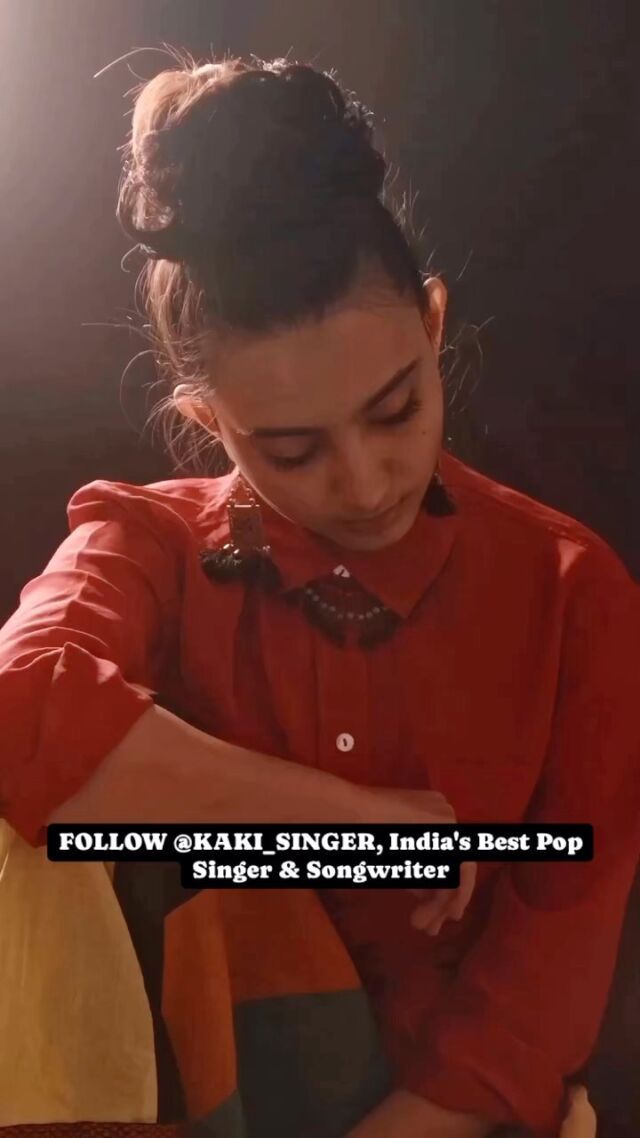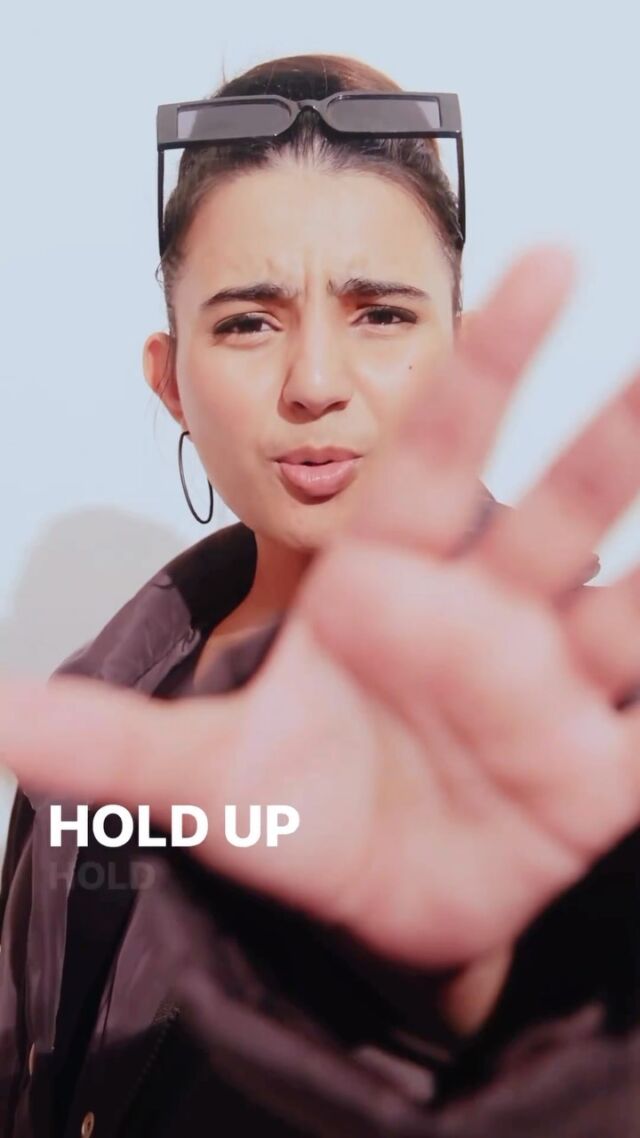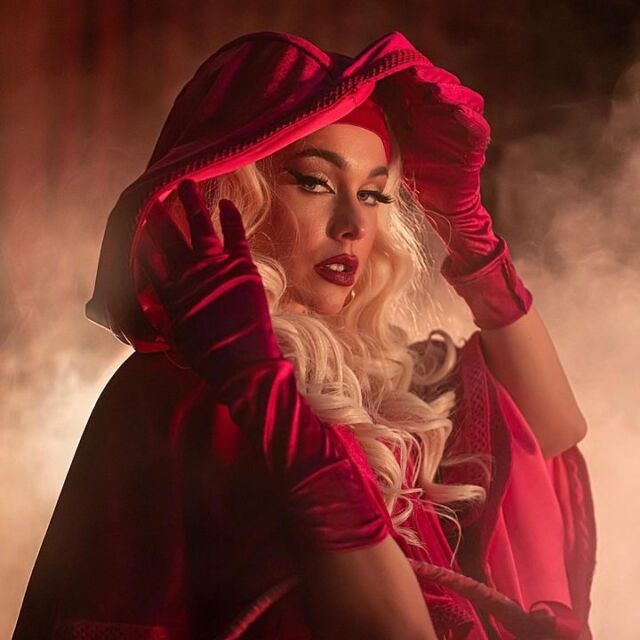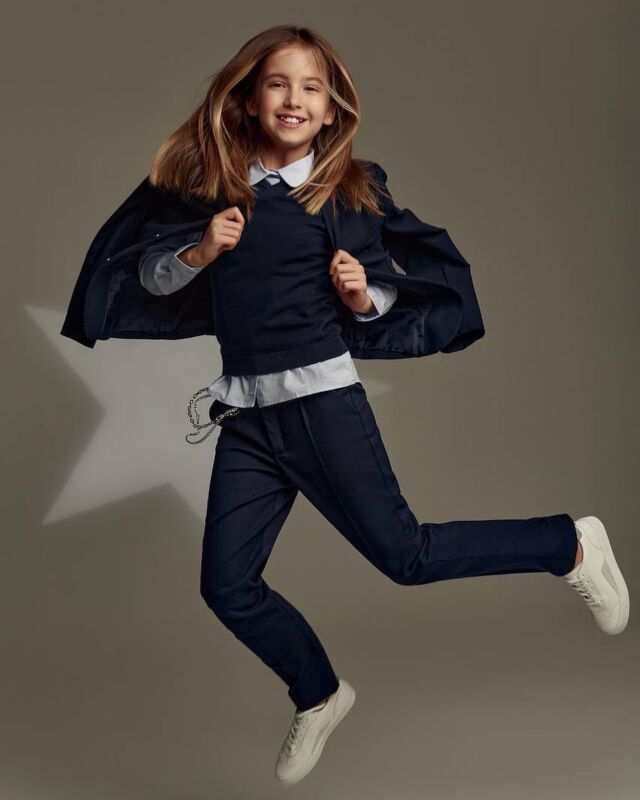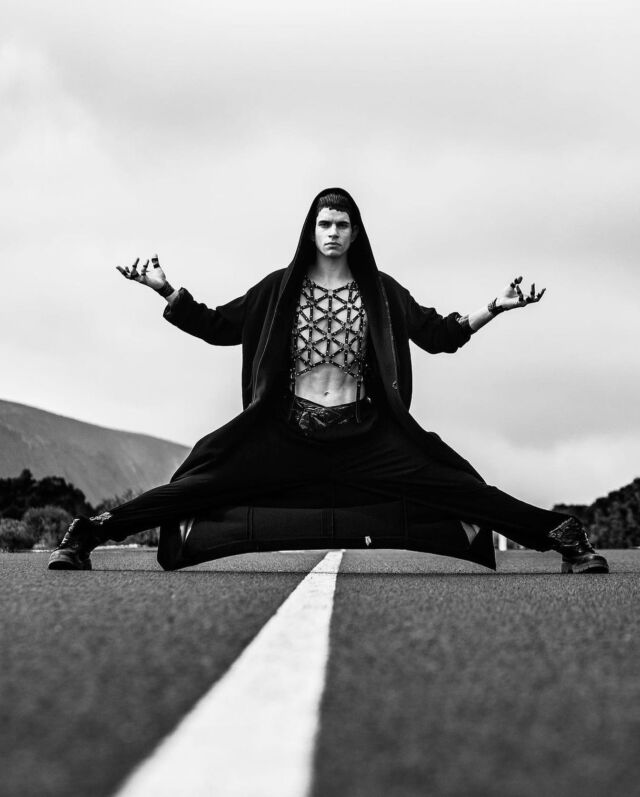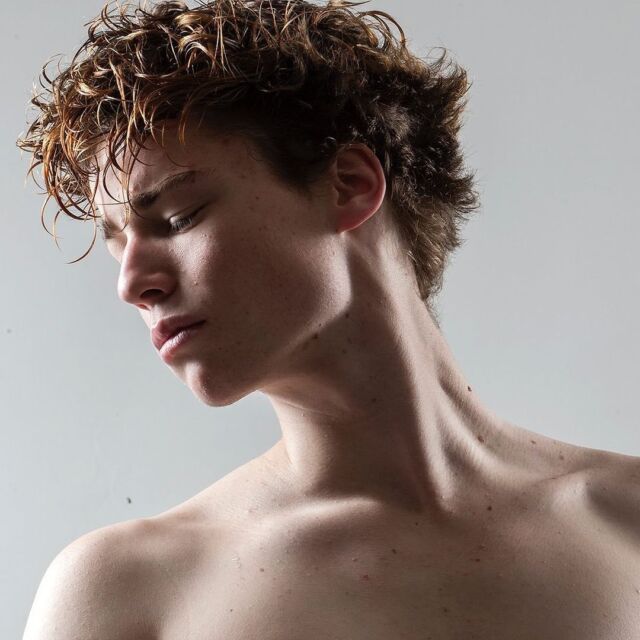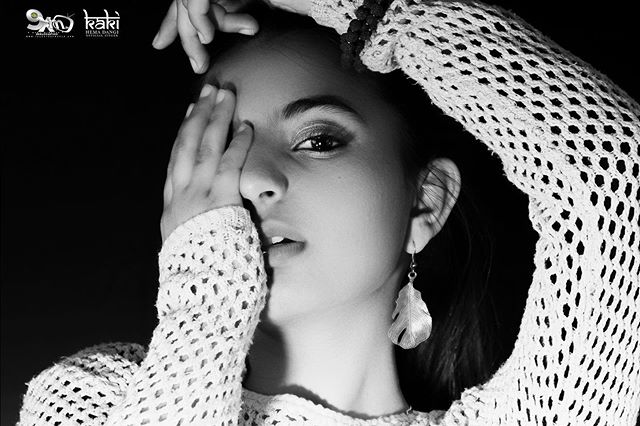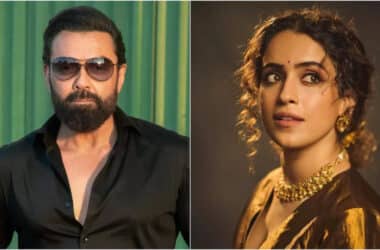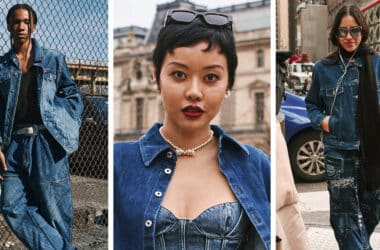That the death of Iris Apfel, the geriatric influencer whose idiosyncratic sense of personal style made her a fashion star when she was well into her 80s, happened smack in the middle of Paris Fashion Week was both startling and oddly fitting. All the appreciations of her life and outfits have been adding up to pointed reminders of how this whole circus relates to the art of dressing, and the way clothing can be an interface with the world in the most expressive, original way.
I was thinking about that a lot over the weekend, in part because of the designers here who, like Ms. Apfel, have built empires (or at least small fiefs) on a willingness to go their own way — Rick Owens, Yohji Yamamoto. Designers with a deep understanding of the rules and history of fashion and an equally powerful ability to rewrite both, and to imagine a different world. One whose uniforms can look bizarre and outrageous, but which create a sense of thrilling possibility: clothes like permission slips to think out of the box.
And also because in Seán McGirr’s debut at Alexander McQueen, a house that once did all of the above, it got so very garbled.
A McQueen Misstep
Mr. McGirr had the complicated job of taking over from Sarah Burton, the longtime deputy to Mr. McQueen, who had stabilized the brand after the designer’s suicide in 2010 and made it her own, adding a touch of grace to the angry romance and soaring imagination that traversed heaven and earth and that, combined with great technical proficiency, defined the McQueen name.
Mr. McGirr is, in other words, the first designer to lead the brand with no particular connection to it, and that showed. In a preview, he talked excitedly about Mr. McQueen’s spring 1995 collection The Birds, as well as the East End of London, rough edges and rebels, but the result looked like McQueen, the TikTok dance version. It had energy, but not depth.
There was some sharp tailoring: nipped-in trouser suits covered in broken pieces of jet with shearling vests exploding from within. There were giant sweaters that looked as if they were swallowing the models whole, over leather trousers. A tank dress covered in what was meant to resemble smashed glass, inspired by Mr. McGirr’s smashed cellphone screen. Some molded steel mini dresses, like wearable car chassis (forget sitting down).
There were hoof shoes, in a nod to Mr. McQueen’s armadillo shoes, sometimes complete with little tails at the back. Also shoe bags — stilettos within actual bags. The models walked with their foreheads thrust forward in a parody of the angry stomp. But these were not the sort of clothes that made you want to rise to a challenge.
To be fair, that might well have been Mr. McGirr’s remit: Make it younger! Make it more accessible! Make it more everyday! That seems to be the mantra these days for executives in fear of a luxury slowdown. The problem is easiness has never been the point of McQueen; it’s been the opposite.
In the preview, Mr. McGirr said the first McQueen show he remembered was Voss — the spring 2001 collection that featured models trapped in a see-through sanitarium, wearing clothes made from feathers and oyster shells, quietly going to pieces as the audience looked on. “I think when I saw Voss, I was like, ‘Oh, he’s really trying to say something,’” Mr. McGirr said. “Because obviously McQueen, there’s always a message in the clothes. There has to be.”
He was right. Yet if such a message exists in this collection, it was impossible to identify. Maybe next time.
The Power of the Personal Voice
In any case, when it comes to singular visions, few have been as clear or as original as Rick Owens, whose grand visions marry the epic ambitions and glamour of Cecil B. DeMille to Martian oddity and a dash of dirty sex, offering the promise of a better future for the alienated and the outré. Still, the weirdest thing about his collection this season, shown in his home/headquarters in the heart of the French establishment behind the Assemblée Nationale, was just how — well, wearable it was.
The signature Owens silhouette was still there: bulbous at the top, attenuated in the middle, grounded at the bottom with what the designer, backstage, called his pyramid moon boots, so the body looked like a piece of taffy stretched between two poles. So was the extreme: dresses made from coils of ropes. But there were also fluted dresses knit on the bias, like the most cozy silver screen gowns, and sweeping Maid Marian capes; even ponchos with the word “Porterville,” the central California town where Mr. Owens grew up and that he escaped, splashed across the front. Ponchos! What?
“Now is not the moment for fireworks and smoke bombs,” Mr. Owens said before the show. “Now is the moment for everybody to cling together and to connect.” Instead of bombast, he offered balm, but without resorting to the carapace of normalcy.
This is also true of Yohji Yamamoto, another one of the great designers of our time, who has stayed true to his own increasingly intricate and detailed exploration of history and emotion even as it has trended in and out of fashion. In this he is like his friend, Azzedine Alaïa, and like Mr. Alaïa, whose single-minded pursuit of his own aesthetic had him first rejected and then rediscovered as a sort of guru before his death in 2017, Mr. Yamamoto is due for a reckoning.
He’s the last great romantic in fashion, and what makes his work extraordinary is that while it skitters across time and references, dipping into one era here, another one there, it also transforms them, folding them into a kind of Möbius strip all the designer’s own.
This season that meant Brancusi geometries and Edwardian suiting that turned to expose bustles like orchid origami — a combination that turned up in a different form at Junya Watanabe. He offered a sort of math-meets-the-bourgeoisie combination of sculpture, biker jackets and wallpaper florals that, like Mr. Yamamoto’s work, added up to a lot more than the sum of its parts. One staid black overcoat was hung with studded biker belts, looking like heraldic banners or Miss Universe sashes, as if a punk had stormed not just the henhouse, but the inner sanctum.
A Lesson to Remember
It is not insignificant that Mr. Owens and Mr. Yamamoto are two of the rare substantial independent designers working today: designers who started from nothing under their own names and built their brands as they saw fit, allowing themselves the luxury of developing their own points of view and material language.
And it makes it hard not to wonder what would happen if someone such as Mr. McGirr were allowed to design under his own name, rather than being asked to assume the mantle of a legend.
What if the big groups, such as Kering, which owns McQueen, invested in building new brands, rather than preserving and resurrecting old ones and cycling through designers to sort of reinvent them — but not too much! — the equivalent of demanding they start speaking in tongues?
In creating brands that could be, to quote the musician Robert Fripp, “resplendent in divergence,” like the delightfully bizarro creations of Noir’s Kei Ninomiya. As Ms. Apfel showed, that may actually be the best look of all.
Source link


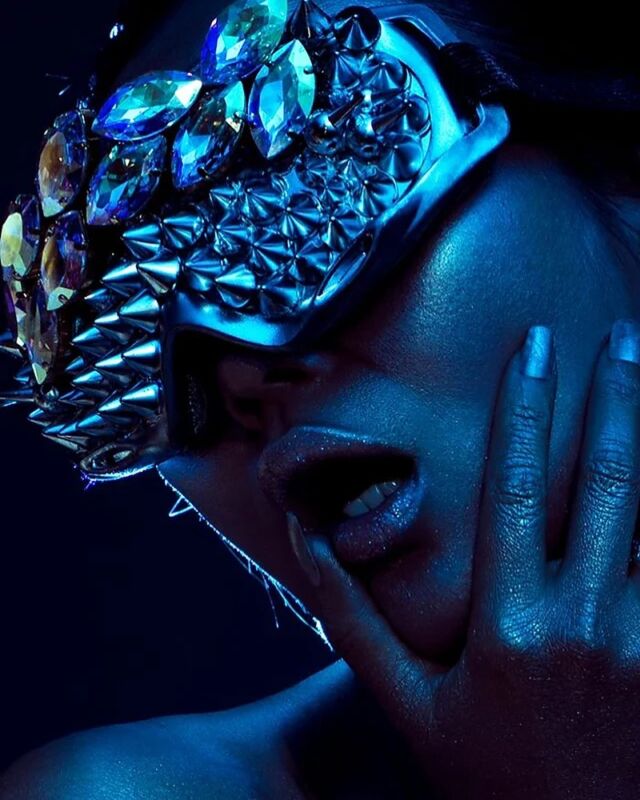



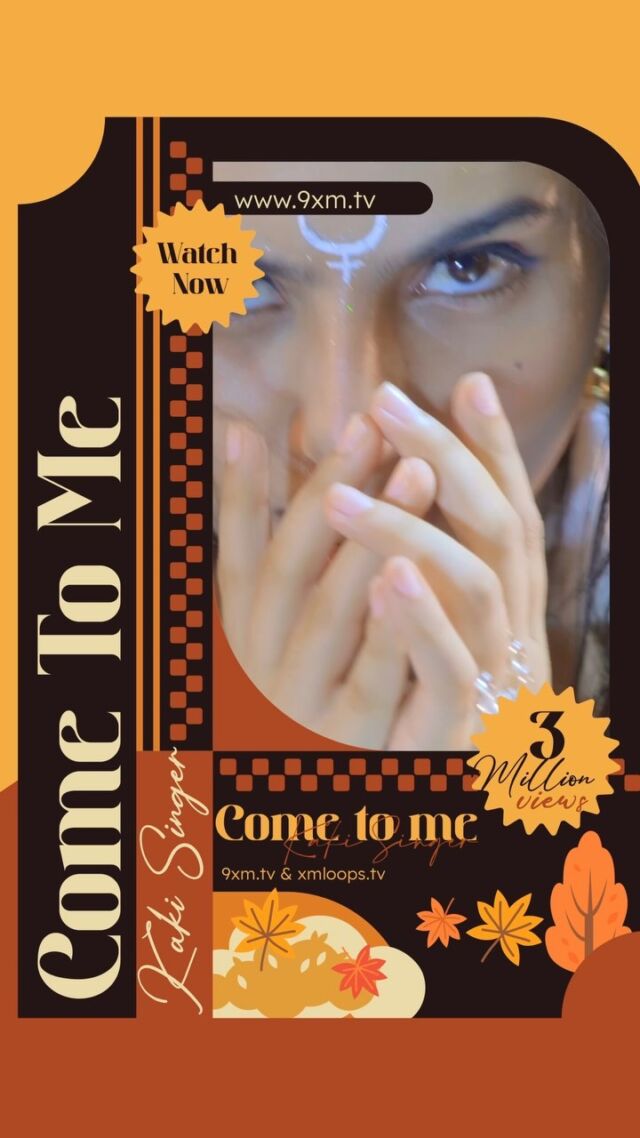

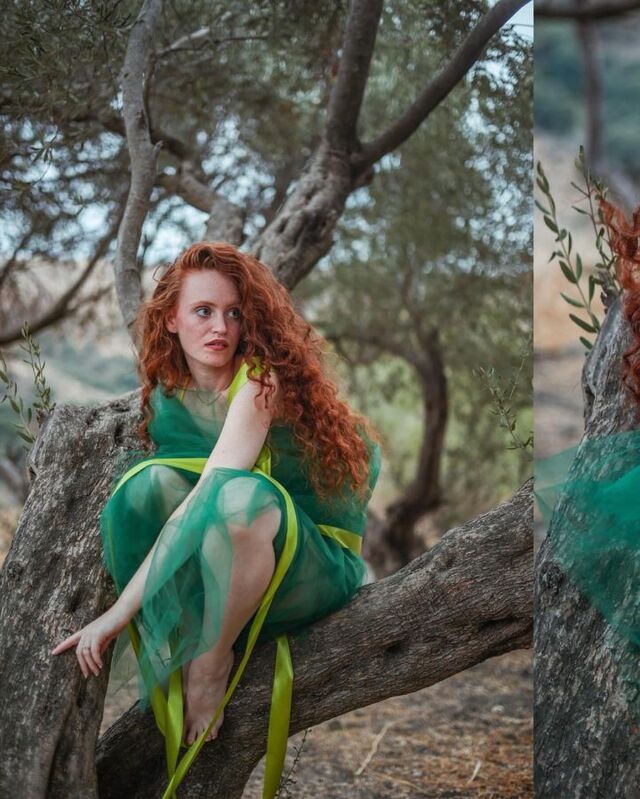
![Growing up learning Indian Classical Music, I’ve developed a deep appreciation for diverse musical genres, and techno is definitely one that has captured my interest. Got inspired to write this track by blending the beautiful melodies of Hindustani classical, particularly Raag Bhairav, with the beats of techno. Excited to share this fusion with you all!
Music by @miladzki
Check it out and vibe with me! 🎶✨
[ techno, newmusic, fusion, indianclassicalmusic, techno, music, kakisinger ]](https://talentsofworld.com/wp-content/uploads/wp-social-ninja/instagram/9xm.tv/18327743320185528_full.jpg)
![Listen to this Version of Dil Kho Gaya
Original Song From the Movie Dil.
Anand-Milind, Udit Narayan, Anuradha Paudwal sung this song
Music by Anand-Milind
Hope you guys like this Rendition of the Classic Song by Kaki Singer.
Like, Share & Comment.
[ Dil, Dil kho Gaya, old songs, Classic Bollywood, old song covers, retro songs, indian old songs, old hindi songs, melodies, kaki singer, Indian singers ]](https://talentsofworld.com/wp-content/uploads/wp-social-ninja/instagram/9xm.tv/17999564600299237_full.jpg)
